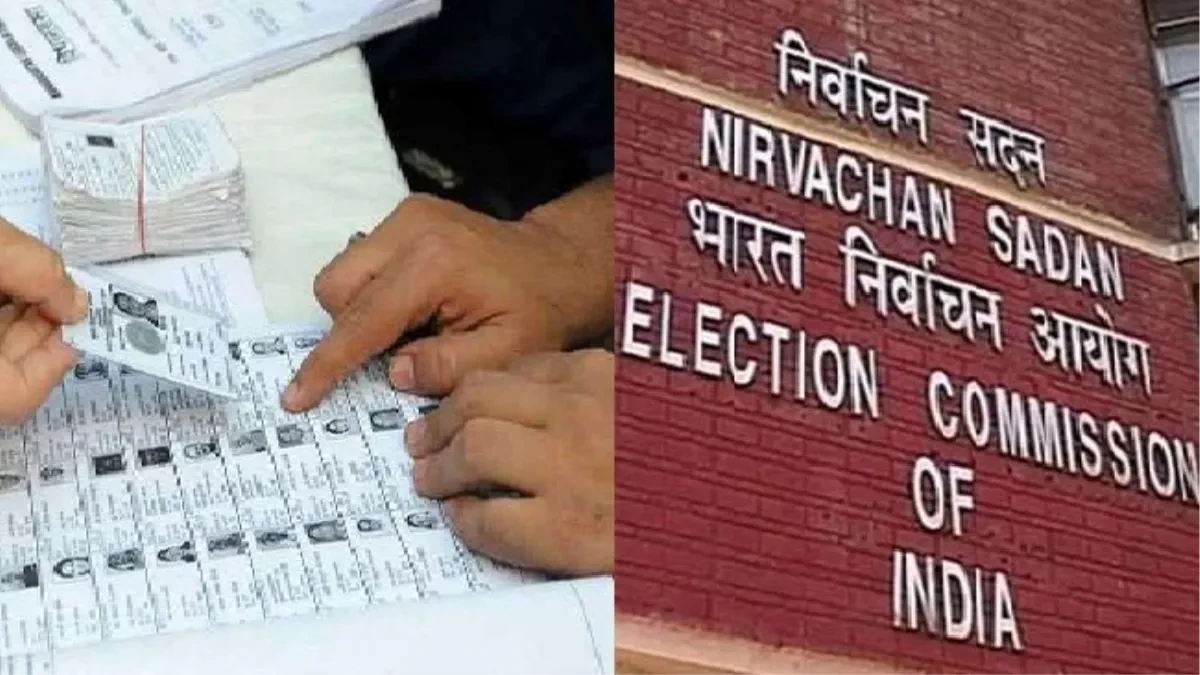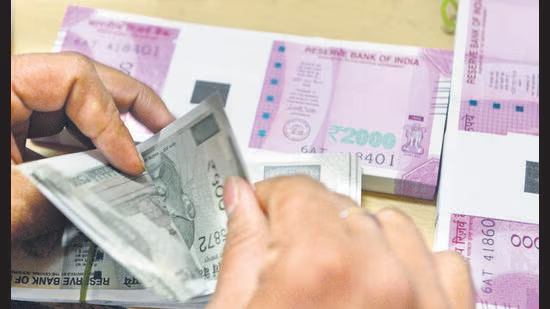- Courses
- GS Full Course 1 Year
- GS Full Course 2 Year
- GS Full Course 3 Year
- GS Full Course Till Selection
- Answer Alpha: Mains 2025 Mentorship
- MEP (Mains Enrichment Programme) Data, Facts
- Essay Target – 150+ Marks
- Online Program
- GS Recorded Course
- Polity
- Geography
- Economy
- Ancient, Medieval and Art & Culture AMAC
- Modern India, Post Independence & World History
- Environment
- Governance
- Science & Technology
- International Relations and Internal Security
- Disaster Management
- Ethics
- NCERT Current Affairs
- Indian Society and Social Issue
- NCERT- Science and Technology
- NCERT - Geography
- NCERT - Ancient History
- NCERT- World History
- NCERT Modern History
- CSAT
- 5 LAYERED ARJUNA Mentorship
- Public Administration Optional
- ABOUT US
- OUR TOPPERS
- TEST SERIES
- FREE STUDY MATERIAL
- VIDEOS
- CONTACT US
Digital Bharat Nidhi: Improving Rural Telecom Connectivity
Digital Bharat Nidhi: Improving Rural Telecom Connectivity
09-07-2024

Context:
The Department of Telecommunications (DoT) has released draft rules to operationalize the Digital Bharat Nidhi, a new initiative aimed at improving telecom connectivity in rural areas.
Key Points:
-
Digital Bharat Nidhi:
The Digital Bharat Nidhi is a new fund that will replace the Universal Service Obligation Fund (USOF), which was criticized for underutilizing funds for projects. - Purpose:
The Digital Bharat Nidhi aims to fund the expansion of telecom networks in remote and rural areas, where private companies may not offer services due to revenue concerns. - Contributions:
Telecom companies will contribute 5% of their Adjusted Gross Revenue (AGR) towards the Digital Bharat Nidhi. - Operationalization:
The fund will be credited to the Consolidated Fund of India (CFI), and the Centre will deposit the collected funds to the DBN from time to time. -
Objectives:
The Digital Bharat Nidhi will:
- Support universal service through promoting access to and delivery of telecommunication services in underserved rural, remote, and urban areas.
- Fund research and development of telecommunication services, technologies, and products.
- Support pilot projects, consultancy assistance, and advisory support for improving connectivity.
- Administrator:
The Centre will appoint an administrator who will select DBN implementers through bidding or invitation of applications from eligible persons. - Funding:
The administrator will determine the modalities of providing funding to DBN implementers on a case-by-case basis, including full funding, partial funding, co-funding, market risk mitigation, and risk capital. - Targeted Access:
The Digital Bharat Nidhi will fund schemes and projects for providing targeted access to telecommunication services for underserved groups of society, such as women, persons with disabilities, and economically and socially weaker sections. - Criteria:
The schemes and projects will meet criteria such as introducing next-generation telecommunication technologies, improving affordability, promoting innovation, research, and development, and encouraging start-ups in the telecommunications sector. -
Open and Non-Discriminatory Basis:
Any DBN implementer receiving funding from the DBN for establishing, operating, maintaining, or expanding a telecommunication network shall share and make available such telecommunication network, and telecommunication services being delivered using such telecommunication networks on an open and non-discriminatory basis.
Implications:
- Improved Rural Connectivity:
The Digital Bharat Nidhi is expected to improve telecom connectivity in rural areas, bridging the digital divide between urban and rural India. - Increased Accessibility:
The fund will provide targeted access to telecommunication services for underserved groups of society, promoting digital inclusion and social equity. - Boost to Economy:
The Digital Bharat Nidhi is expected to stimulate economic growth by promoting innovation, research, and development in the telecommunications sector. - Job Creation:
The fund will create jobs and stimulate economic growth by encouraging start-ups in the telecommunications sector.
Challenges:
- Underutilization:
The USOF, which the Digital Bharat Nidhi replaces, was criticized for underutilizing funds for projects, with only 72% of collected funds utilized between 2017 and 2022. - Weak Spending:
The government did not achieve complete utilization of funds allocated for the BharatNet project for fiber connectivity to villages, leading to weak spending from the USOF. - Effective Utilization:
The government must ensure that the Digital Bharat Nidhi is utilized effectively, avoiding the mistakes of the USOF, to achieve its objectives.
Conclusion:
The Digital Bharat Nidhi is a significant initiative aimed at improving telecom connectivity in rural areas, promoting digital inclusion, and stimulating economic growth. However, the government must ensure that the fund is utilized effectively, avoiding the mistakes of the USOF, to achieve its objectives.
Must Check: Best IAS Coaching In Delhi



